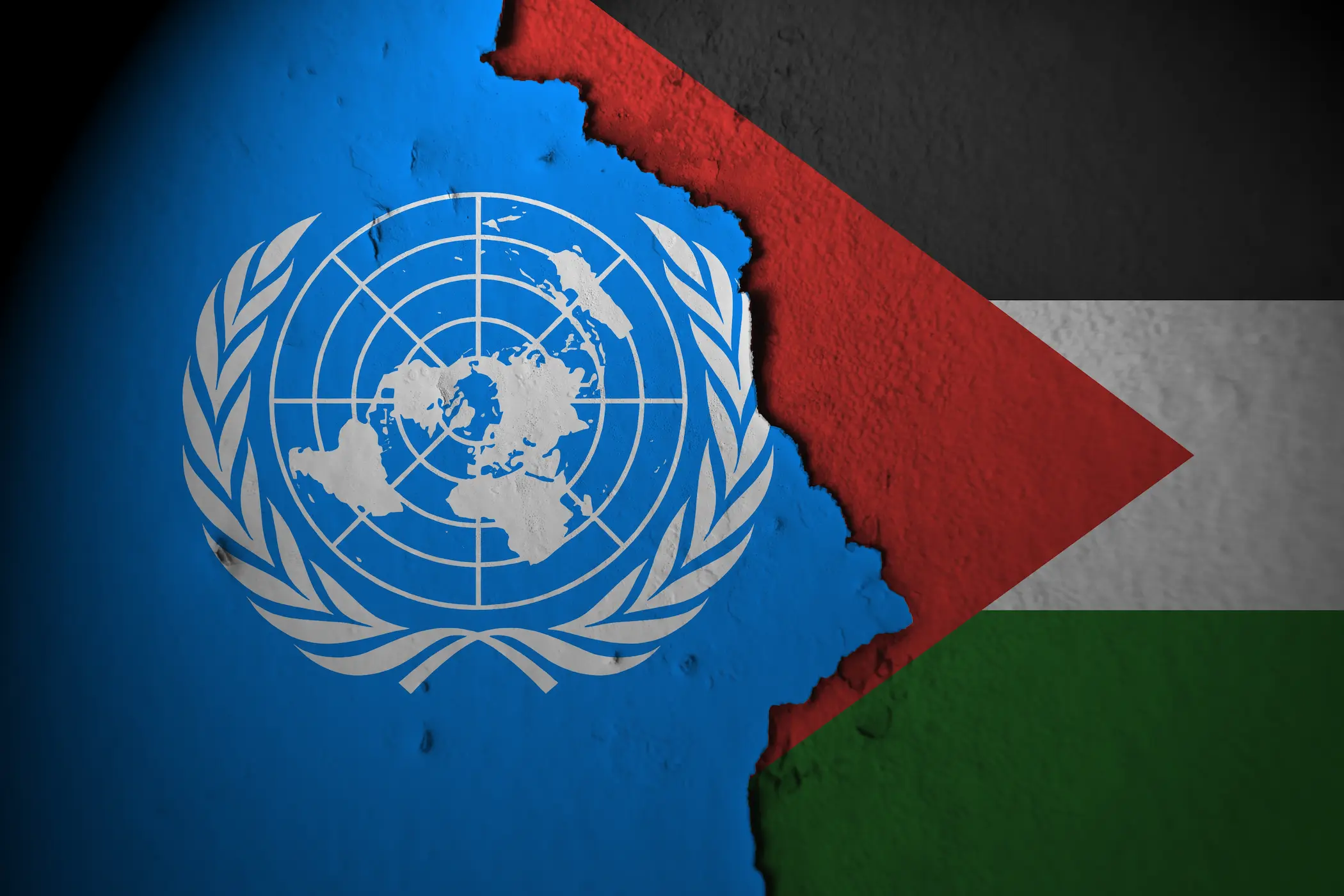The Gulf Cooperation Council (GCC) labour market is at a pivotal crossroads. The high ratio of expatriate workers, which accounts for almost 78% of the total workforce in this region as of Q2 2024, according to a recent statement from GCC Assistant Secretary General for Economic and Development Affairs, underscores its heavy reliance on foreign labour. While this dependence has greatly fuelled rapid economic growth, it now imposes significant challenges to the ambitious diversification agendas. Across the region, and in an attempt at reducing reliance on foreign labour, governments throughout the GCC are intensifying the adaptation and implementation of nationalization strategies to rebalance the labour market in favour of nationals.
This situation offers a mix of opportunities and risks—on one hand, the potential for more inclusive and sustainable growth, and on the other, the risk that reforms misaligned with market realities could undermine competitiveness. Hence, amid this tension, the challenge of nationalization becomes increasingly urgent.
Nationalization Challenge in Context
There are strong and rationale reasons for pursuing nationalization. For decades, citizens within the region tend to work in the public rather than the private sector, as it provides greater job security and higher wages. On the other hand, governments began rethinking regarding the implementation of this model, due to fluctuating oil revenues and growing concerns over fiscal sustainability. Unemployment rates among youth in some GCC states remains high, largely due to mismatches between what the education system offers vs the skills required by the private sector. For instance, Saudi Arabia has recently revised and updated its localization rate from 30% to 40% by 2030, These reforms are supported by strong regulatory reforms granted to the Ministry of Human Resources, which is authorized to penalize non-compliant firms and restrict work permit renewals for non-national employees.
Similarly, Bahrain has its own plans to increase the share of national workforce, aiming at achieving a total of 65-75% by 2030, while Kuwait targets a 70% workforce nationalization by 2035, finally, Oman, which focuses on private sector integration, aims for a 30% Omanisation rate by 2040 —all signalling a GCC-wide momentum toward localization.
Yet, the implementation process remains challenging, as private corporations often favour hiring foreign workers, mainly due to cost-effectiveness and flexibility, across sectors such as hospitality, retail services and construction, where nationals are frequently underrepresented. Meanwhile, strategic fields, such as finance, technology, and renewable energy increasingly depend on globally high skilled mobile expertise, underscoring indispensable role of expatriates in sustaining innovation and competitiveness. This dual reliance complicates nationalization efforts, as governments across the region must balance between the urgency to upskill citizens for future- oriented industries and their ongoing dependence on expatriate labour to sustain current economic activity.
Economic and Social Channels of Expatriate Dependence
Reliance on expatriates and the strategic role they play extend beyond labour markets, also shaping both the financial and consumption domains. For example, outward remittances in 2023 for GCC countries accounted for a total of $131.5 billion, on top of which comes the United Arab Emirates (UAE) and Saudi Arabia. While these outflows constitute a form of economic leakage, on the other hand they simultaneously reflect the strategic integration of expatriates within the region’s economic fabric, significantly fuelling domestic consumption and credit growth. Driven by expatriate demand, the UAE’s total consumer loans hit a total of AED 540.9 billion by mid-2025, a 55% increase compared to 2021. Recent reforms in the property sector enabled home ownership for expatriate, which in turn boosted growth across retail segments linked to housing. Thus, an expected decrease in consumption housing demand and fiscal receipts are direct effects of any attempted reduction in expatriate population.
Simultaneously, the very foundation of this reliance is being reshaped by structural shifts, as the pandemic exposed the vulnerabilities of expat-heavy workforces, accelerating efforts to build more resilient systems. On the other hand, technological advancements such as AI services, automation and digitalization are transforming labour markets by reducing demand for low-skilled roles while increasing the need for high-skilled professionals. Mega-projects such as Saudi Arabia’s NEOM, Qatar’s LNG expansion, and the UAE’s clean energy initiatives continue to generate demand for substantial labour; however, the long-term trajectory points to a decline in low-wage employment and heightened competition for globally skilled talent.
One reason to increase the challenge in labour market is the intersection between these economic and structural pressures with political realities. A relatively small proportion of citizens are seeking meaningful private-sector opportunities and the upward mobility promised by economic diversification. Any failure in the system would create social discontent, especially among the younger population. Besides, strict quota systems may undermine competitiveness, reduce investor confidence, and stall the rollout of critical development initiatives. Regulatory enforcement, implemented in countries like Saudi Arabia’s active clampdowns on non-compliant firms, introduces compliance costs and operational uncertainty potentially further constraining business flexibility.
Navigating the Path Ahead
The labour market in the Gulf region requires a careful equilibrium which synchronizes education and reskilling initiatives with private-sector growth in strategic sectors such as technology, finance, clean energy, and healthcare. Immigration policy reforms are essential to enable the selective attraction and retention of highly skilled expatriates while gradually reducing dependence on low-wage foreign labor. Similarly, policy frameworks should prioritize productivity, innovation, and inclusivity rather than protectionism.
Governments, to put these principles into action, must adopt a set of targeted measures. First, targeted immigration reforms should prioritize the recruitment and attraction of high-skilled talent in sectors which are vital to economic diversification—such as technology, renewable energy, and finance while easing restrictions on strategic foreign hires. Second, vocational and STEM education must be better aligned with private-sector demand, fostering lifelong learning to address skills mismatches, linking them with education curricula. Third, flexible labor nationalization quotas, tied to sectoral needs rather than rigid targets, would more effectively balance localization objectives with overall competitiveness. Finally, firms could be encouraged to hire and train nationals while reducing their dependencies on low-wage foreign labor if they were introduced to incentive-driven localization programmes—such as tax breaks, wage subsidies, or training grants. Combined, these targeted measures would strengthen the GCC’s nationalization agenda, enhancing its focus and provide it with a more robust practical foundation for implementation. It will also enable governments to navigate the complex trade-offs of talent, competitiveness, and identity in their diversification journeys.
When aligned, these measures form the foundation of a broader strategic imperative, one that ensures that the GCC’s economic transformation effectively integrates both national and expatriate human capital. Expatriates will remain indispensable to the region’s growth, yet sustainable transformation hinges on integrating citizens into value-adding sectors while preserving the competitive advantages brought by global talent. This balancing act carries implications beyond economy —it has also significant social contributions, testing policy adaptability and the inclusivity of growth models.
As GCC governments advance nationalization efforts amid dynamic global and regional pressures, their success will depend on strategic, pragmatic policies that both empower national citizens and maintain openness to international skill flows. The Gulf’s labour market represents a pivotal test in its economic diversification journey—a complex yet necessary balancing of talent and national identity to ensure long-term prosperity.
Al Habtoor Research Centre’s Commentary articles allow researchers to provide quick, informed responses to ongoing topics, emphasizing personal perspectives and expert opinions without the weight of exhaustive citations. This ensures agility in addressing rapidly evolving subjects and enriches the discourse with authentic insights.










Comments